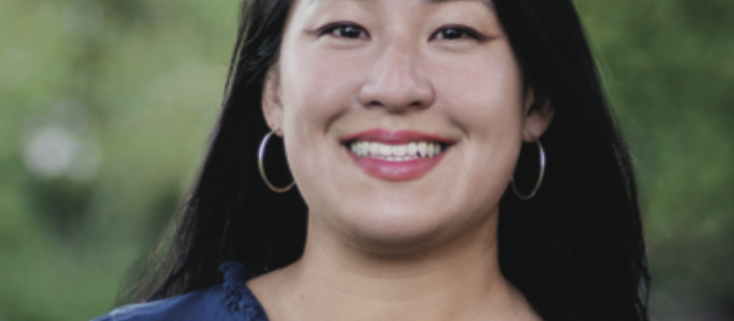As you know, the cost of textbooks and course materials continues to rise, adding a financial barrier for our students to enroll in courses and successfully complete their degree. Using open educational resources is one way in which instructors can have a direct impact on the cost of textbooks and on their students’ ability to have the course materials by the first day of class.
Open Educational Resources (OER) are teaching resources that are free of cost and access barriers, and which also carry legal permission for open use, allowing anyone to freely use, revise, and share the resource. OER range from textbooks to curricula, syllabi, lecture notes, assignments, tests, projects, audio clips and video clips.
Benefits of OER Include
- Academic freedom
- Freedom to choose your course materials
- Adopt materials to fit the needs of your course
- Easily update content with most current information
- Many OER are peer-reviewed and offer ancillary materials with quiz questions, slides, and lesson plans
- Access to materials
- Access on day 1 of class and for as long as you want them
- Convenient 24/7 digital access
- Option to print for a low cost
- Open pedagogy
- Ability to customize materials in support of equity, diversity, and inclusion
- Students have an active role in creating information for others rather than just consumers of information
- Support student success
- OER specifically support Pell Grant recipients, first generation students, and part-time students
- OER improve retention rates and reduce drop, failure, & withdrawal rates
Support is Available
- Hannon Library and the OER Advisory Group promote textbook affordability on campus
Holly Gabriel, Open Access & Government Information Librarian, is available to assist instructors - Holly Gabriel, Open Access & Government Information Librarian, is available to assist instructors with locating OER. She can be reached at gabrielh@sou.edu or by phone at 541-552-6595
- For more information, please visit our OER Guide, which includes information about stipends for instructors, collections of open textbooks, and using library materials to support your courses





